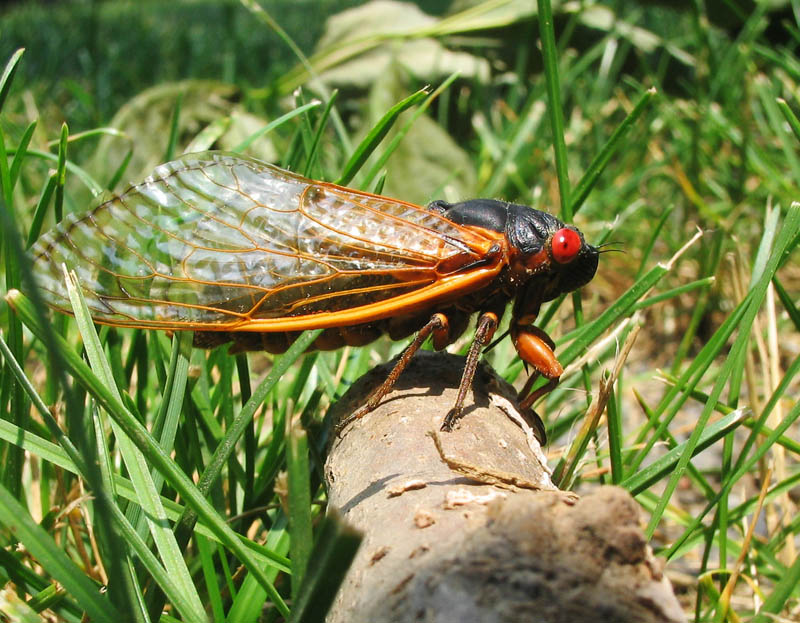This spring, after a 17-year hibernation, trillions of cicadas are expected to awaken, emerge from the ground, and take to the skies.
The Brood 10 cicada, not to be confused with the annually spotted green cicada, is one of 15 broods of cicada that periodically appear in the eastern United States. They are known for their orange stripes, patches of orange between their eyes, and black abdomens.
The cicadas are expected to appear for the first time since 2004 throughout a big chunk of our region, predicted to emerge in 15 states, including Delaware, Georgia, Kentucky, Maryland, North Carolina, New Jersey, New York, Pennsylvania, Tennessee, Virginia, and West Virginia.
The 17-year-long hibernation is not done out of laziness, but out of strategy. After the bugs use that time to grow from “nymphs” and feed on roots and nutrients underground, they emerge in a large mass as a way to overwhelm and evade predators. Once on the surface the cicadas get to work to breed before dying off in the following weeks.
If you have been living in the region for a while, you are no stranger to warm days and nights filled with the loud chirping of cicadas. That sound that has become so familiar can hit up to 100 decibels—quite a big noise to come from such a little creature. According to Cicada Mania, people can expect to hear males wooing females from high in the treetops in mid-May to late June after a warm rain triggers their emergence.
Photo: A 17 year Cicada from brood X 2004 – Princeton, NJ. Photo by Pmjacoby







